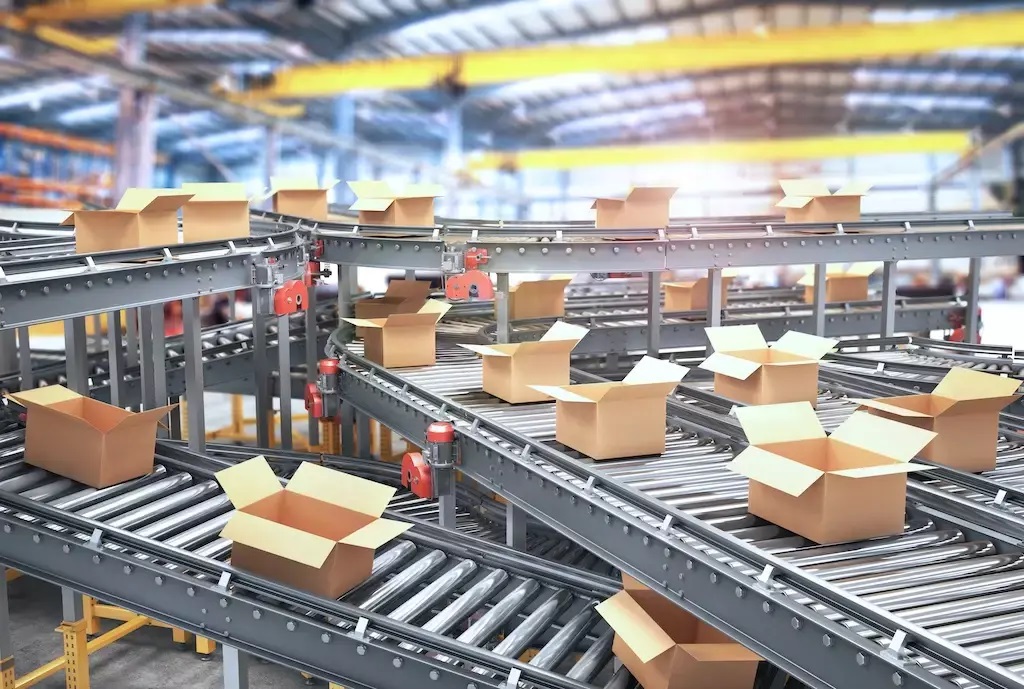
It’s an understatement to say the material handling, retail, and logistics space is constantly in motion. Whether it’s e-commerce trends, supply chain gaps, the emergence of new markets, shifts in consumer demand, or market forces like labor shortages, today’s material handlers must adapt, pivot, and change with the times to remain both competitive and productive.
But creating the kind of flexibility necessary to respond — or ideally anticipate — these fluctuations means overcoming a variety of hurdles and challenges, many of which are connected to the end-to-end optimization of processes through manufacturing and control automation solutions.
It’s important to emphasize that no two material handling or logistics applications are identical. With that being said, whether its disparate or disconnected solutions, legacy systems, or inadequate infrastructure, there is a common set of overarching obstacles almost all material handlers — and their panel builder and systems integrator partners — face in shaping automation solutions that promote greater degrees of flexibility, accuracy, and productivity.
The ten most common challenges material handlers encounter include:
- Rapid expansion of e-commerce
- Evolution of automation technology
- Fulfillment with a personal touch
- Massive amounts of warehouse data
- Importance of speed to market
- Global supply chain difficulties
- Increased importance of sustainability initiatives
- Predicting unpredictability
- The pressure of maintenance
- Labor shortages across almost all industries
Our new special report, How Advances in Automation Technology Are Shaping Material Handling and Logistics, directly addresses each of these hurdles to help those in the logistics space, including panel builders and systems integrators, design automation solutions to scale.
Download How Advances in Automation Technology Are Shaping Material Handling and Logistics to learn more.

